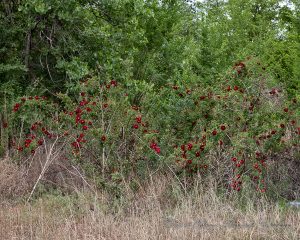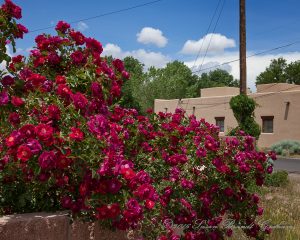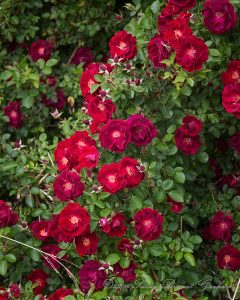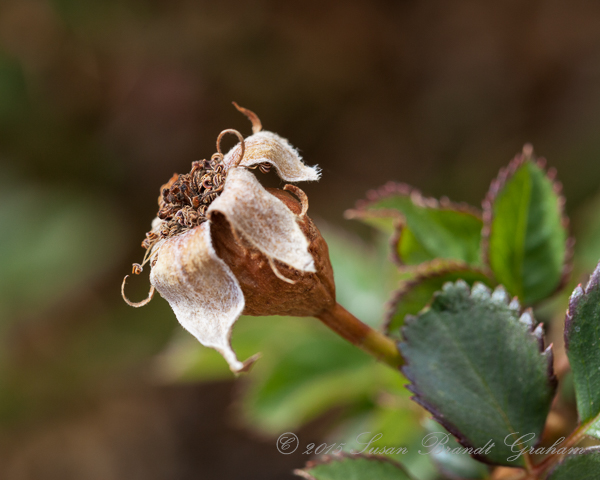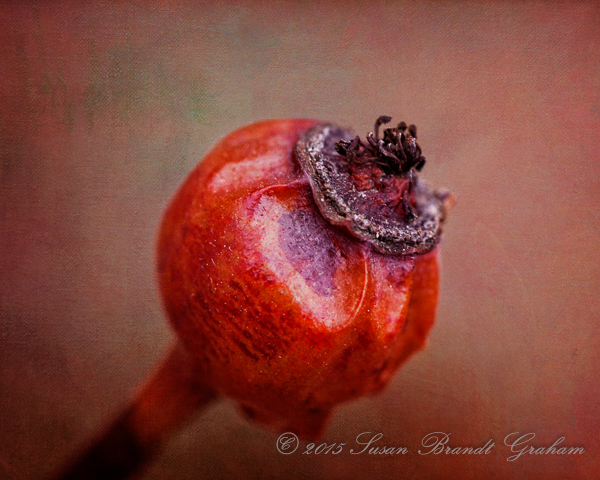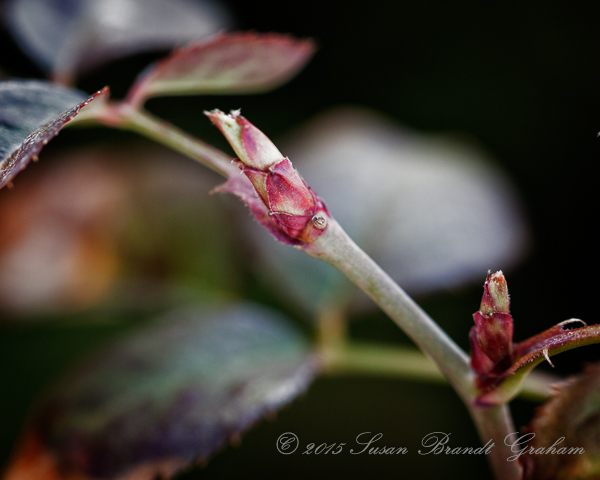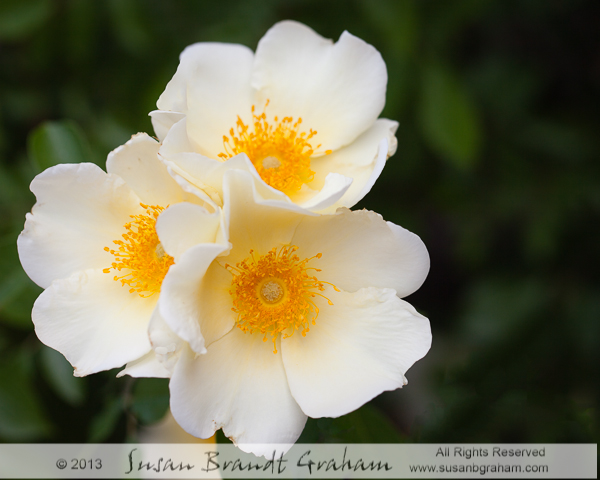The Price Garden, Corrales
The Price Garden, Corrales
The Price Garden in Corrales is as interesting and as beautiful as the Rio Grande bosque on which it is located. Those of you who read my other blog, Susan Brandt Graham Photography, know how much I love to photograph there. Gardening on their property presents benefits and challenges that are different from those in the NE Heights sections of Albuquerque. On the positive side, given its location along the Rio Grande, the water table is not so far from the surface. They have irrigation access, a part of the old New Mexico acequias system. Those of you who read Tim’s blog, Off Center and Not Even, know that he often is up in the middle of the night to open the gates and later to close them. Sometimes there is adequate water, sometimes there isn’t. More challenging, at least in my opinion, are the temperature extremes at night, especially in the winter. “Cold air sinks,”and that is readily observable at their home. I always keep a jacket handy, even in summer, if I plan to be there in the evening. Winter nighttime temps are often 20 degrees colder than at my home. In other places I have discussed the microclimates and environments of the area, and the abundance of Dr Huey roses in Corrales. With a lot of hard work, Tim and Laurie have a beautiful garden that fits well into the natural landscape. I was fortunate to be able to photograph it twice in May, 2017. These are just a few of the images.

Colorful Beauty

Garden Study in Orange

David Austin Rose
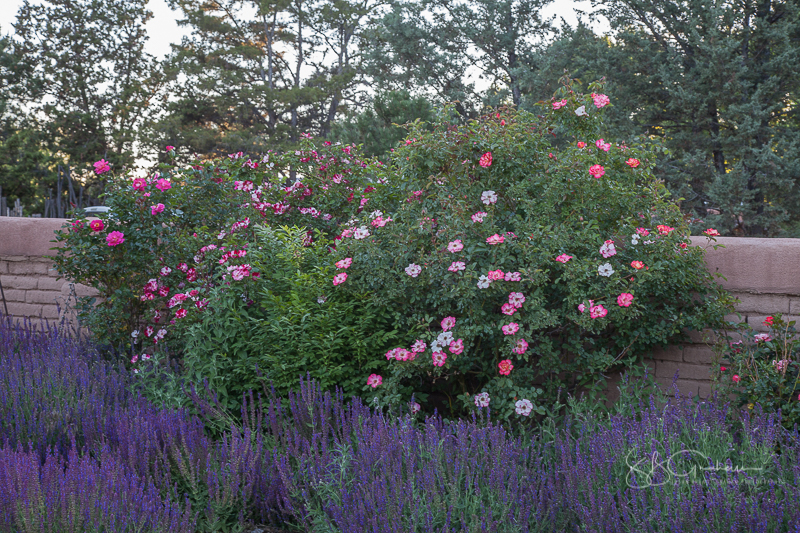
Betty Boop, Fourth of July, and Purple Salvia against Adobe Wall

Rose ‘Ballerina,’ a very hardy hybrid musk

Rose ‘Ballerina,’ a very hardy hybrid musk

Rose ‘Ballerina,’ a Very Hardy Hybrid Musk

Price Garden, Roses
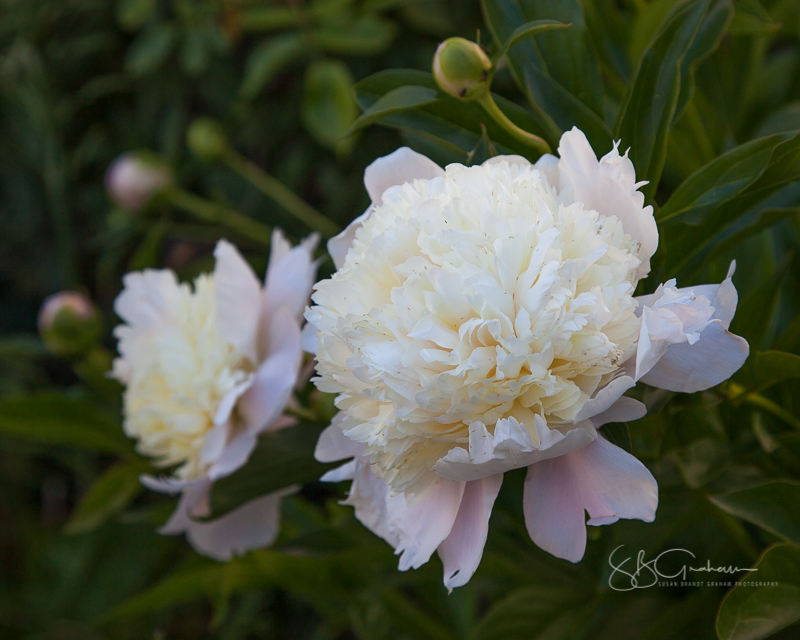
Price Garden, Peonies

Price Garden, Dr Huey, Bamboo, iris, gorgeous light!
This just a glimpse at the Price Garden, and over time I will post more images of their wonderful, peaceful, inviting garden. This is the best of natural, sustainable gardening in a very challenging spot in the Desert Southwest, Corrales in the bosque. I hope you have enjoyed this brief tour.






